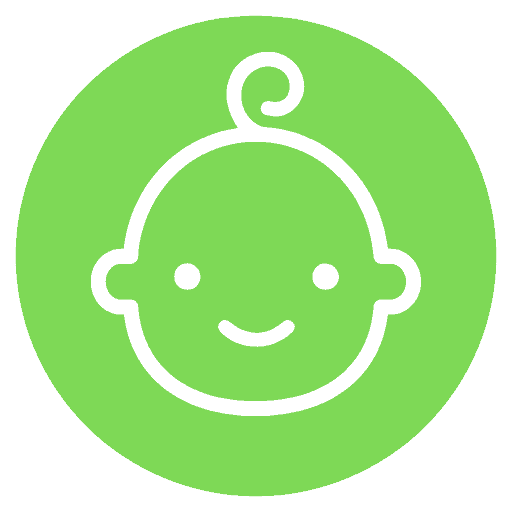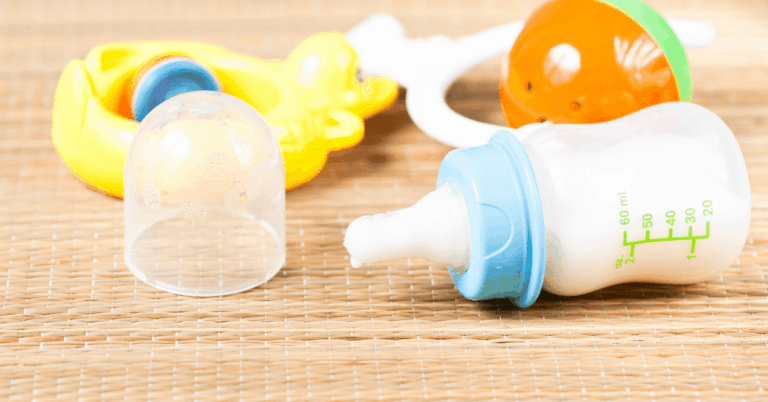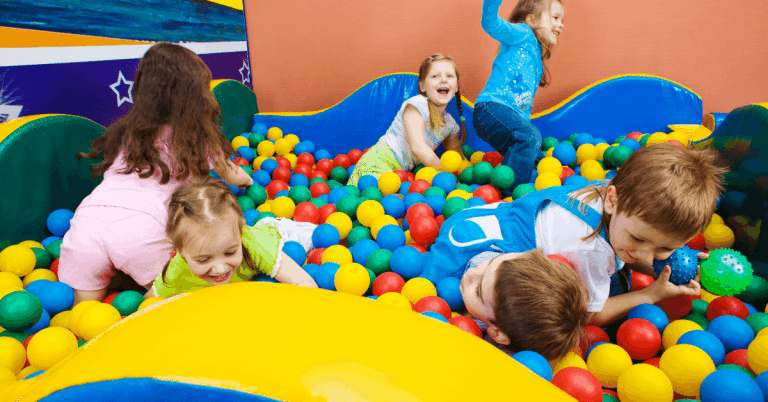Child Development
Children have a job that they love, and that job is to play. It is during play that they learn about themselves and the world around them. From infancy through childhood, children learn, grow and express themselves creatively while they play.
When a three month old sees an object, he is not yet able to grasp it with his hands. He is still trying to master controlling his arms and measuring the distance to the object with his eyes. But in a few short months, he can focus on a toy at almost any distance, reach for it, grasp it, and bring it close to him. This level of coordination develops with time and practice. Parents can help by providing encouragement and age appropriate toys.
Throughout childhood, play serves as a means to develop physical abilities, cognitive skills, speech, and language understanding. While absorbed in play, children establish friendships, build self-esteem and learn new ways to solve problems. It is one of life’s great joys to watch children happily engaged in playing. By carefully choosing toys and providing a safe play area, parents can ensure that their children will make the most of this special time.
Child Development Birth to 6 months
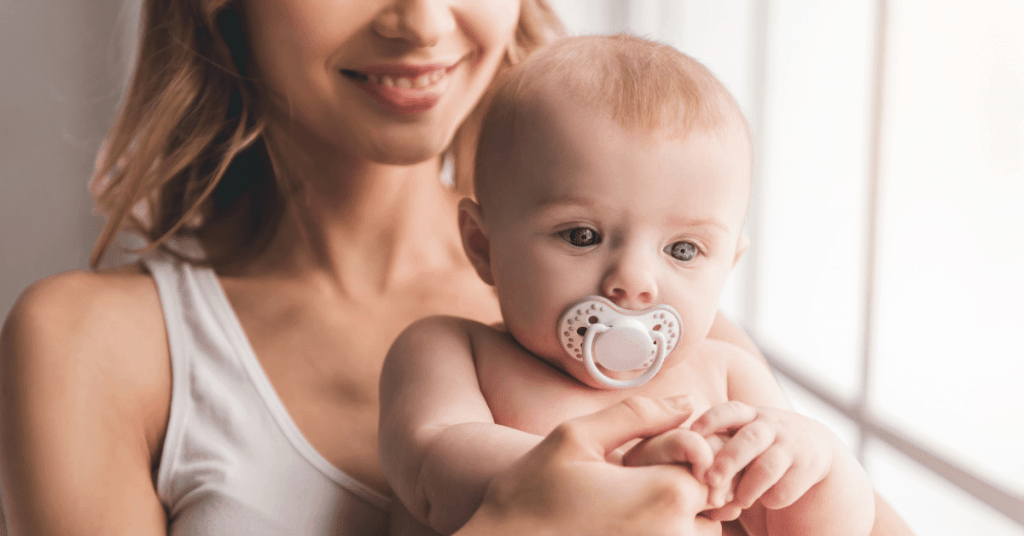
During the first six months, babies learn how to control their muscles, understand sensory stimuli, and express their physical and emotional needs. In the first few weeks of life, babies need physical and visual contact with people – their best focusing distance with their eyes is only about 8-10 inches. From about five weeks on, they gain new skills that help them explore their bodies and their surroundings. Toys that are designed to match your baby’s emerging abilities will help keep him happy, interested and stimulate rapid learning.
Motor, Sensory and Social development in the first few months
During the first six weeks, babies develop the muscle control necessary to support their heads. They love to stare at their mother’s face and focus in on objects with contrasting light and dark color. Starting at around six weeks, a baby responds to being smiled at by smiling back and showing pleasure. Between two and three months, babies are beginning to uncurl their bodies, spread their fingers out and unclench their hands.
In the first three months, babies are delighted to find their hands and feet and play with them. By the time he is three months old, a baby can lift his head up while lying on his stomach. During the second and third month, babies develop stronger, more deliberate leg and arm movements. They enjoy batting and swiping at objects within reach.
A bundle of energy!
By the time she is four months old, your baby has become increasingly active. While lying on her stomach, she can easily lift her head and turn it from side to side. These physical developments give her new opportunities to interact with the world around her.
Now, she is interested in her surroundings and can turn and move to see and hear things. She can control her arms and hands to bring objects close to her face, and put them in her mouth. She is able to hold and shake objects like a bottle or toy rattle. She enjoys laughing and vocalizing; and makes cooing sounds when someone talks to her. Even when she is alone, you will hear her practicing making sounds and listening to herself.
During the 5th and 6th month, your baby can hold a variety of different postures, change from one sleeping position to another, and can sit for short periods with support. Hand-eye coordination has improved, so she can switch objects from one hand to the other.
The Importance Of Sleep
Babies need to be getting lots of restful and deep sleep. Brain activity during sleep has a direct effect on a child’s ability to learn and remember what they’ve learned each day. It prepares them for the processing and exploration of their environment and allows them to process sensory stimuli and learn about their environment.
Their total daily sleep varies, but can be from 9 hours to 16 or 18 hours. Babies will wake during the night because they need to be fed.
If you’re having trouble getting your babies sleep under control, there’s a simple program that can help a great deal in improving your babies sleep.
Appropriate Toys from Birth to 6 Months Old
Visual Stimulation:
– Colorful toys to stimulate focus and vision
– Mobiles hung above the crib, activity toys that are fastened to the crib
Auditory Stimulation:
– Toys that make sounds such as a music box or rattle
Motor Stimulation:
– Toys for holding that are easy to grasp and lightweight
– Toys that can be suspended above the baby for batting, grabbing and kicking
Intellectual Stimulation:
– Picture books, music, and soft hand puppets (held and moved by adults)
– Unbreakable safety mirrors fastened to the crib or playpen
Child Development 6 months – 1 year

Between his sixth and eighth month, your baby will be able to sit steadily without support, crawl around, and grab any object within his reach. His first front teeth will begin to show at around six months, and he will soon be able to bite and chew soft foods.
A Curious Little Explorer
After eight months, your baby is a skillful and speedy crawler. She pulls herself up to stand using furniture and is capable of crawling up stairs. (But cannot safely go back downstairs!) She is able to use her hands more effectively, and can open low drawers and cabinets. Parents should be especially aware of safety at this time, as their baby is very curious.
Don’t leave your baby alone in a room at this age. “Baby-proofing” which includes installing safety gates over stairs, special child proof latches and electrical outlet covers, can help make the home environment safer. Auditory skills have been improving, so babies can recognize words like “No!” and “Don’t!” This is an age when babies develop a strong attachment to his family and can become uncomfortable with strangers.
First Steps and Words
Near the time of your baby’s first birthday, he is able to stand with support and is ready to make his first steps. He can climb, pull himself to standing, and practice walking by pushing a walker or holding your hand. The finger muscles are well developed, so babies can pick up small objects with only a thumb and an index finger. If he is given a thick crayon, he can draw on paper. Babies are beginning to develop patterns in their babbling and start to include words and names.
Appropriate Toys for 6 Months to 1 Year Old
Touching and Holding:
– Toys with different kinds of surfaces; smooth, soft, rough
– Safe toys for babies to put in their mouths such as teethers and gummy rings
Muscle Development:
– Push-and-Pull toys and walkers to develop the large muscle groups and aid in balance
– Soft balls, stacking cups and boxes to improve fine motor coordination
Intellectual Stimulation:
– Colorful picture books read by parents and soft cloth books for the playpen
– Bath toys such as small cups to teach babies pouring, matching, and colors
– Floating toys (boats, ducks, and fish) for creative play at bath time
Child Development 1 to 2 years
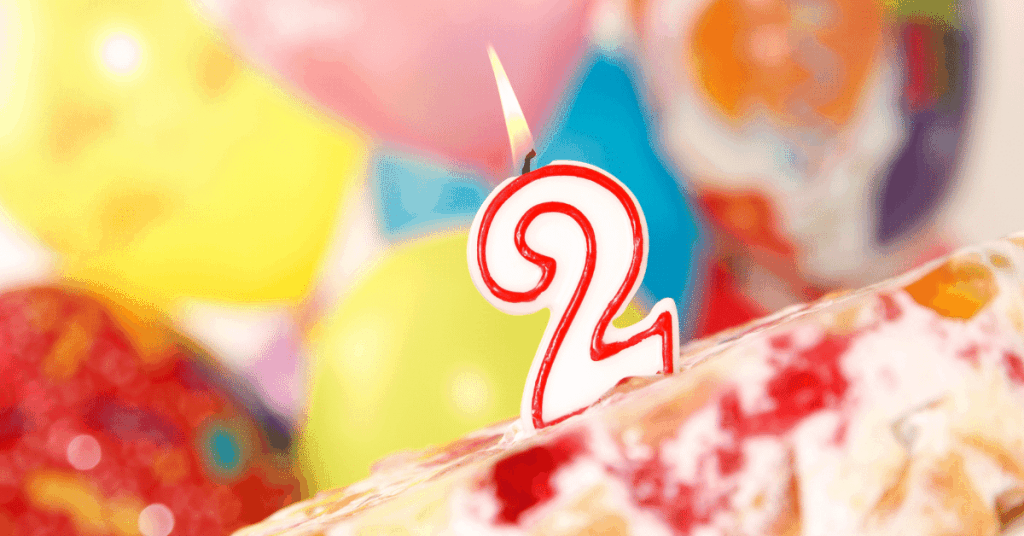
Between the ages of one and two, your child is beginning to leave the stage of babyhood and become a toddler. He has gained many new skills and has a high level of energy. As a parent, your major role is to help your child enjoy his discovered independence while recognizing his need for security.
Exploration and Discovery
After her first birthday, your baby has undergone a physical transformation. She can now move around much faster and loves to explore her surroundings. However, she lacks the intellectual ability at this point to be able to think ahead, and has little memory of past events. The home and play environment need to be constantly monitored for safety. Socializing, trying new foods, and seeing new places are fun learning activities for toddlers.
More Communication
During this age, your child is absorbing language at a rapid rate. Although some toddlers may not verbalize as much as others, they understand what adults are saying. By the middle of the second year, your child may use about ten familiar words, but by the time he is two he will know at least two hundred words. The first attempts at short sentences usually come near the age of two. Toddlers like to use gestures to get their ideas across, and it´s common for them to invent words for special objects.
Imitation
Toddlers are very observant and they learn by watching and imitating. They get great satisfaction from pretending to do an activity just like Mommy or Daddy. Role playing continues throughout childhood as a creative and imaginative form of play.
Naturally Self-centered
At two, toddlers tend to be self-centered and are often overly confident. They are not quite ready to get along in peer groups and share with others. Their ability to think about the feelings and needs of others is a quality that develops gradually through childhood.
Parents can help by modeling cooperative behavior and creating situations where sharing is a positive choice. This is an age when your child can begin to take part in self-care activities, such as washing his hands, brushing his teeth, and learning to help with dressing. By the age of two you should teach your child to say “please” and “thank you” and praise him when he does.
Appropriate Toys for 1 to 2 Years Old
Muscle Development:
– Push & Pull Toys to improve muscle strength, coordination and balance
– Musical toys such as a xylophone or drum to help them learn the difference between sounds, and to improve fine motor dexterity and hand-eye coordination
– Hammer & Peg Toys for pounding pegs through holes in a frame
Intellectual Stimulation:
– Stacking & Nesting Toys such as cups or boxes to teach shapes and colors
– Blocks of different sizes, shapes and colors to improve matching and sorting skills, to encourage imagination and creativity with patterns and colors
Child Development 2 to 3 years
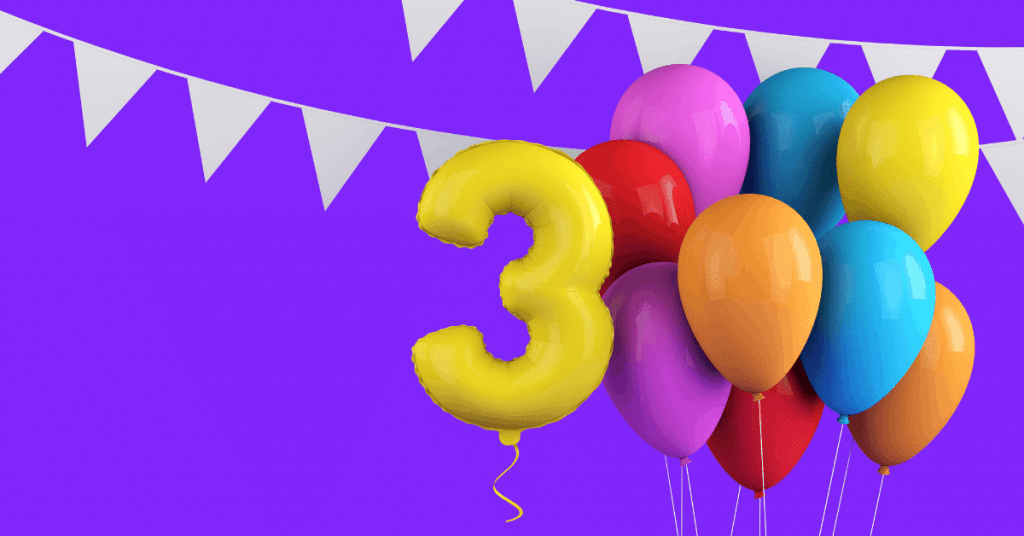
Although a two year old is not a baby anymore, he is not a child yet either. This in-between stage can be frustrating for parents. That is why it is popularly called the “Terrible Twos.” He no longer is willing to accept your control over his actions, but he is still deeply dependent on you for love and approval.
Emotions are difficult for toddlers to control: they can have highs and lows within a very short time. The best way to deal with your two to three year old one is to allow him to venture out when appropriate, but provide consistent guidelines for acceptable behavior. Soon this stage will pass, and they will actually understand the difference between good and bad, or right and wrong.
Likes to Climb
Your toddler´s arms and legs have become strong and agile. She can run, jump, climb and ride a tricycle. The more she plays actively, the more she will develop healthy habits for a balanced life. At this stage, your toddler is learning how to socialize well with other children. This creates new opportunities for cooperative play.
Fine Motor Expertise
By the third year, your toddler is able to hold a spoon or a pencil, and can cut paper with round-tipped scissors. He is becoming more able to dress himself and gets good practice with fine motor skills using buttons, buckles, zippers and Velcro straps.
Speech and Language Skills
Your toddler loves to tell you what she sees, hears and knows! Your conversations will be picked up and copied by her very quickly. Sentences of four words or more are spoken now and she can say her first and last name. She can express her needs and wants more clearly to parents and people around her.
An Endless Imagination
Toddlers are beginning to have a much better memory of past events. They can also express language more accurately, and this adds to their enjoyment of role-playing. They like play sets with themes of specific activities such as, farms, construction, kitchen and food preparation, dollhouses, etc. Pretend play helps to develop speech, logical thinking and decision-making skills.
Appropriate Toys for 2 to 3 Years Old
Fine and Gross Motor Skill Development:
– Rocking horse and tricycle to improve strength in large muscle groups, and develop balance and spatial perception
– Lacing beads to enhance manual dexterity and hand-eye coordination
Intellectual Stimulation:
– The Geometric Sorting Board to teach shapes and categorization by stacking geometric pieces in the correct positions
Creativity and Imagination:
– Pretend play toys such as the Circus Set, Activity Bus, Kitchen Set or the Fruit & Vegetable Play Set to give your children the opportunity to learn new set of words and to help make learning new vocabulary fun and engaging
Child Development 3 to 4 years
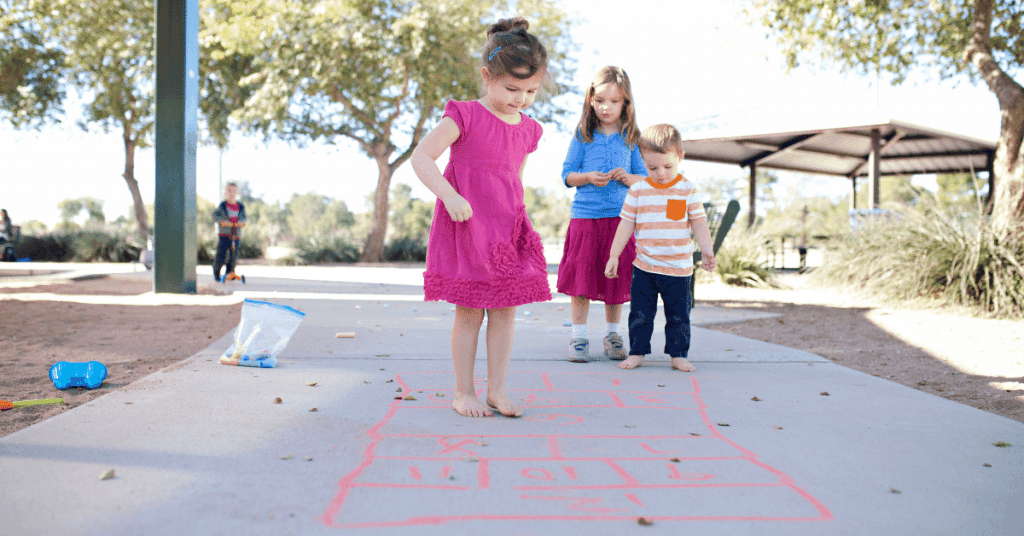
Three to four year old’s are curious, energetic and sociable. The most dramatic feature at this age is the use of language. They are able to describe things in detail, express their feelings and convey concepts like time, size and numbers. Preschoolers have a lively sense of humor, and they enjoy making people laugh!
Fun and Games
Your youngster is constantly on the move. Her speed and mobility have improved, and this gives her new confidence. She likes outdoor activities such as running, biking, and jumping. Wooden puzzles with more than eight pieces are easily managed. Drawing, painting, and cutting papers into patterns can be introduced at this age.
Keen Vision
By the age of three, your child´s vision is as accurate as an adult´s. Proficient hand-eye coordination allows him the ability to judge distance, comprehend positions, and to match and categorize objects.
Playing with Peers
Preschool children have developed more control over their emotions and a willingness to please others. They like to play in groups and enjoy having friends. They are starting to share toys and wait for their turn. Pretending games such as playing “school” or “store” are very popular with children at this age.
Perception of Time
Your child now understands time order. She knows what “yesterday” is, and the meaning of “before” and “after”. You can give her a two stage direction such as, “Wash your hands before you have lunch.” She is able to ask questions and form complete sentences.
Appropriate Toys for 3 to 4 Years Old
Fine and Gross Motor Skill Development:
– Rocking horses and tricycles help improve motor skills, coordination and balance
– An abacus, lacing beads, and other lacing toys aid in improving fine motor skills and hand-eye coordination
Intellectual Stimulation:
– Colorful wooden blocks help your child to learn about symmetry, balance, shapes and colors. PlanToys Block Sets come in a variety of different sizes and themes and are compatible so that they can be expanded as the child grows
– The Balancing Monkeys introduces basic math skills by encouraging children to calculate the number of monkeys required on each side of the tree in order to make it balance
Creativity and Imagination:
– Pretend play sets like the Dollhouse and Crane Set enhance your child´s imagination. Themed play sets give opportunity to control what the characters are doing and imagine what they are saying and thinking.
Child Development 4 to 6 years
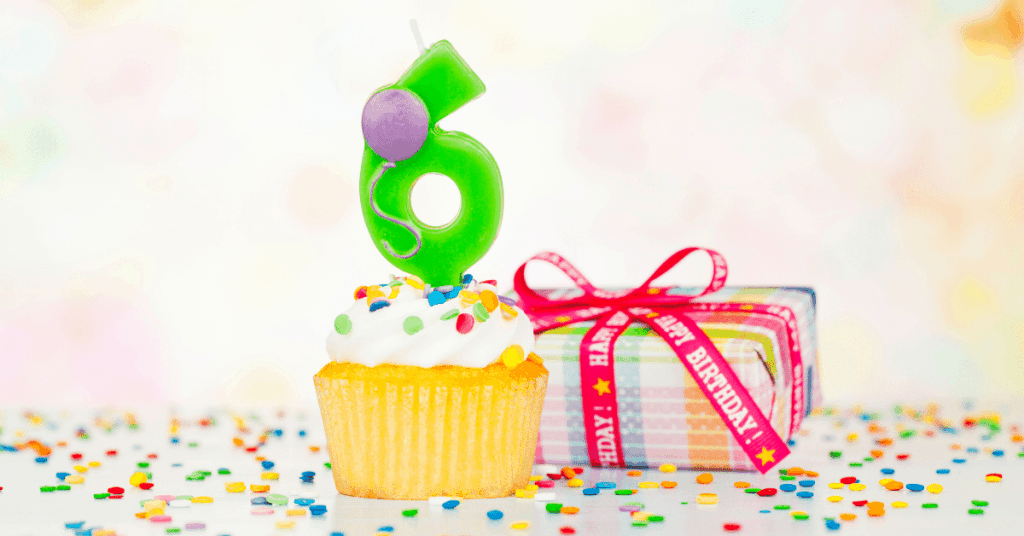
By this age, your child has come a long way on the path towards independence. She is getting ready for kindergarten, and may have already attended a playgroup or preschool. Home is still a safe haven after all her new adventures. She is full of questions about everything and everybody she sees.
Improved Motor Skills
Four to five year old’s are skilled at riding a tricycle. They can turn, control their speed and stop. At the age of five, they can ride a two-wheeled bicycle with training wheels. Their improved balance and coordination allows them to vary the speed, direction and type of movement. They are able to throw, catch, bounce and kick balls. Finger dexterity is also well developed.
Your children can hold a pencil to trace easy writing patterns. By the age of six, they can draw basic shapes and write letters and numbers. They have also become much more independent with dressing, washing, brushing his teeth and eating.
Enjoys Group and Solitary Play
She takes great pleasure in making friends and playing in groups. She can now understand the rules of sharing, taking turns, and looking after the belongings of others. Your child can concentrate for longer periods of time, and is ready for more complex toys such as jigsaw puzzles, lacing beads, and supplies for drawing, painting and coloring.
Intellectual and Language Skills
Comprehension and expressive language have become more complete. Your child is eager to learn the meanings of new words, write his name, and know where he lives. He can write numbers from 1 to 10 and count verbally from 1 to 30. He can separate shapes, colors, and sizes into categories. He understands more about time order, hours and dates.
Appropriate Toys for 4 to 6 Years Old
Fine and Gross Motor Skill Development:
– Riding a bicycle, jumping rope, and climbing on outdoor play equipment help improve mobility and strength
– The Tie-Up Shoe enhances hand-eye coordination and finger dexterity. Learning to tie shoelaces makes children very proud of their independence
Intellectual Stimulation:
– The Creative Blocks develop imagination and promote understanding of mathematical concepts such as balance and shapes
– The Construction Set and Tool Belt allow children to create and assemble objects using nuts, wrenches, screws and screwdrivers that are just the right size for their hands
Creativity and Imagination:
– City building sets encourages imaginative play. Children learn by acting out the roles of the different occupations and how those people help us in our daily lives.

